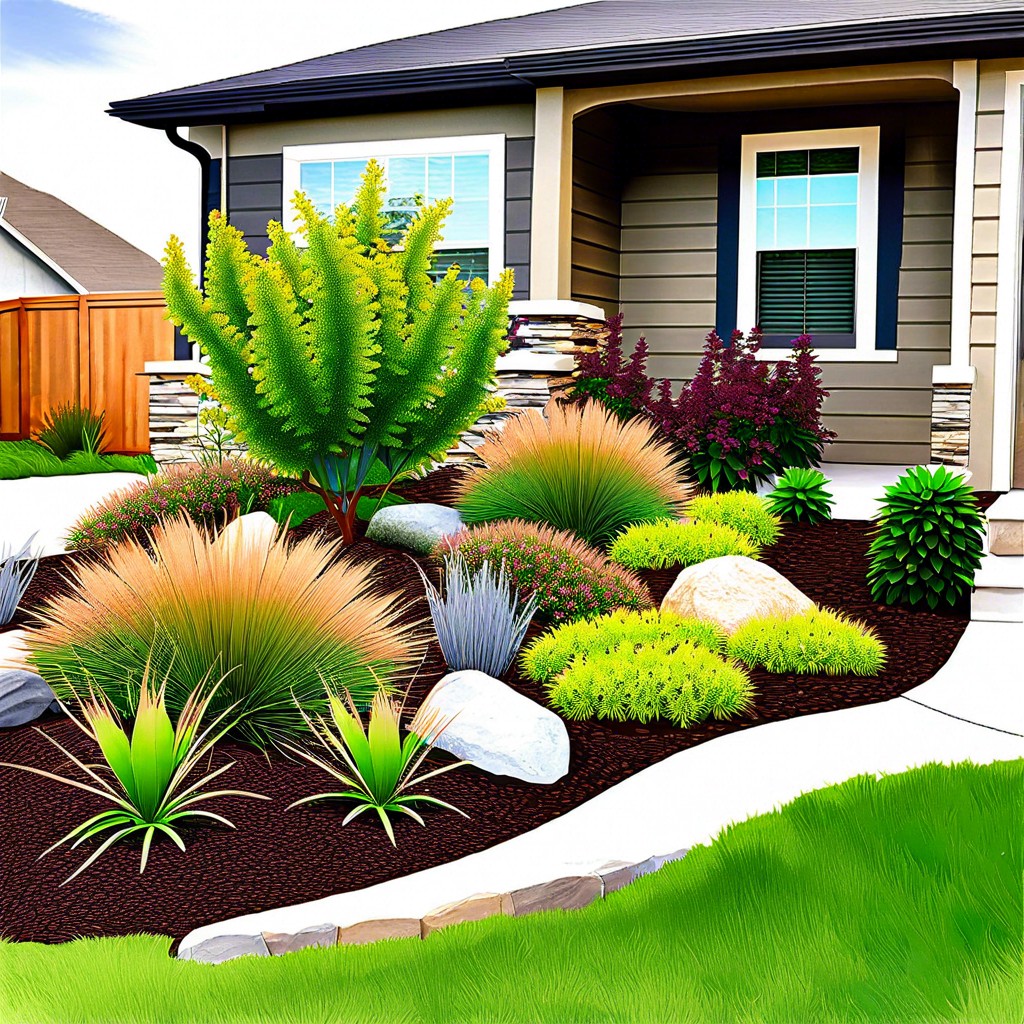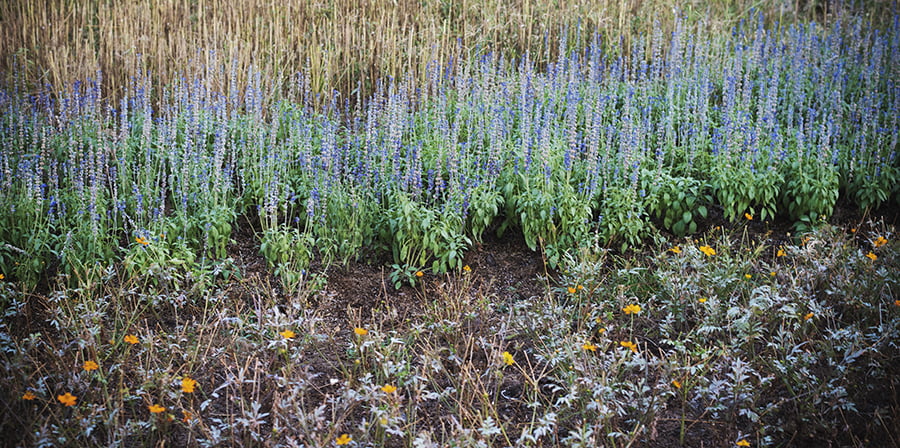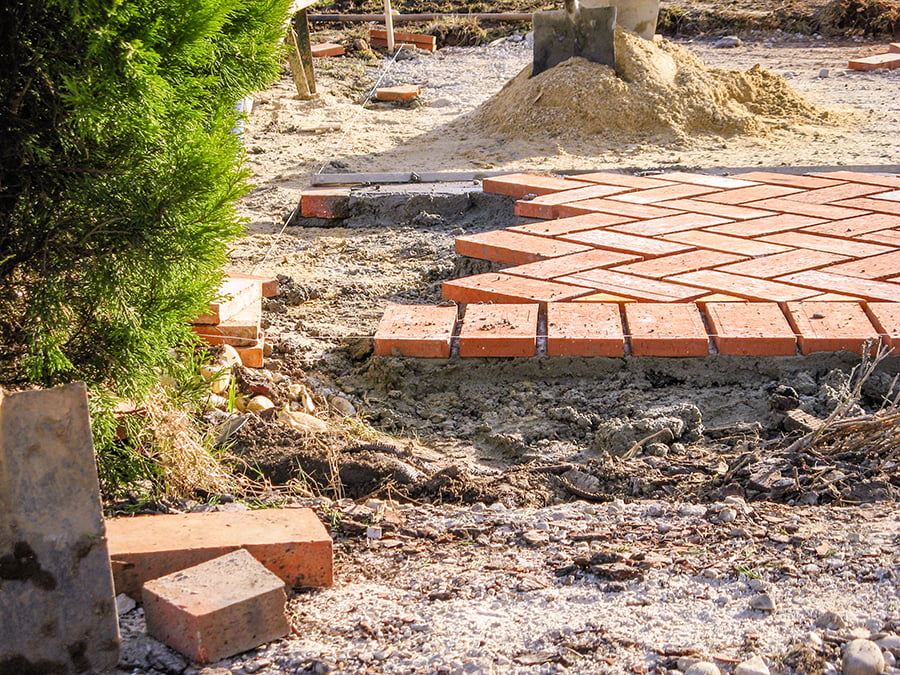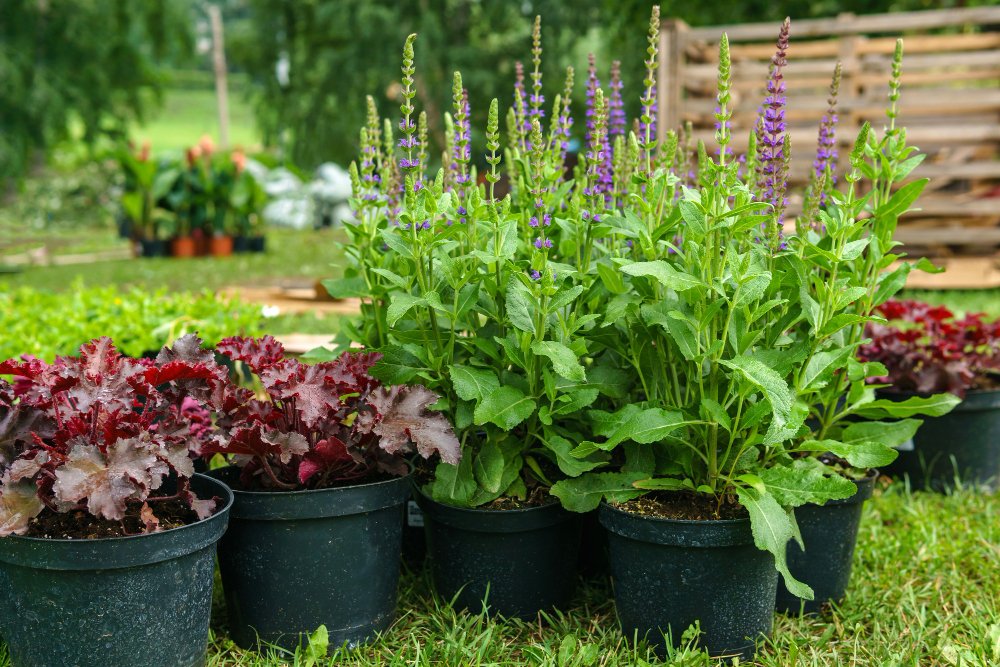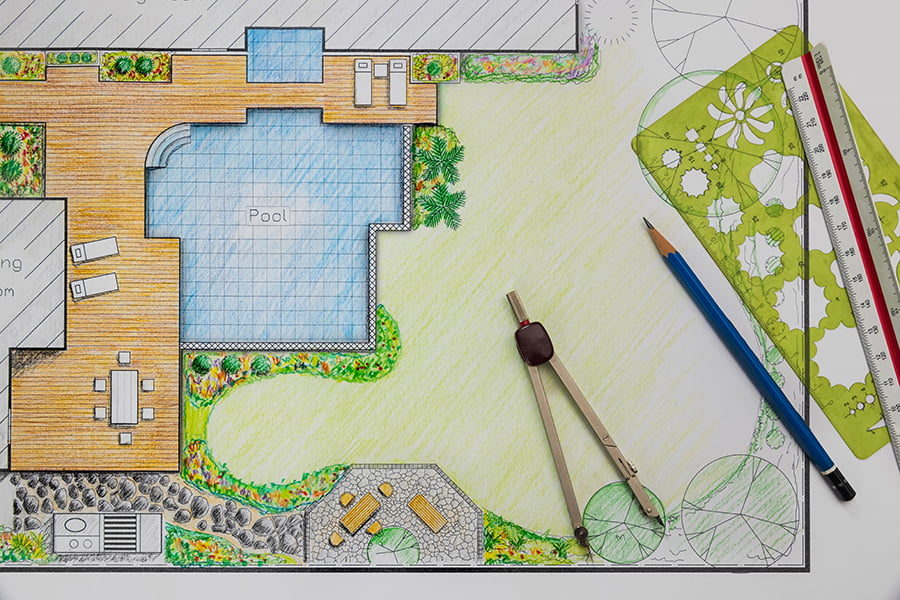Discover practical strategies for creating a beautiful garden with minimal upkeep in our comprehensive guide to low maintenance landscaping.
Key takeaways:
- Follow a Landscape Plan: Survey space, group similar plants, use drip lines for watering.
- Opt for Native Plants: Water wise, require less fertilizer, disease resistance, support local wildlife, seasonal success.
- Choose Right-Size Trees and Shrubs: Consider mature size, growth rate, drought resistance, seasonal considerations, form and function.
- Mulch Liberally: Retains soil moisture, suppresses weed growth, improves soil quality.
- Encourage Natural Pest Control: Attract beneficial predators, install bird baths, plant flowers for nectar.
Follow a Landscape Plan

Embarking on your low-maintenance landscaping journey begins with a well-thought-out plan. Careful planning not only saves time in the long run but also ensures your garden remains manageable year-round.
Start by surveying your space to understand the light, soil, and moisture conditions. This knowledge will inform the selection of plants that will thrive with minimal intervention.
When sketching your design, consider incorporating hardscapes such as pathways or patios; these areas reduce the need for plantings and hence, the upkeep. Be strategic in plant placement: group those with similar water and sunlight needs together to streamline care routines.
Buffering your property with perennials can provide year-round interest with just a single planting. Forethought in spacing is also crucial — allow room for plants to grow to their full size to avoid overcrowding and the need for frequent pruning.
Utilize a mix of evergreens and flowering shrubs for a balance of aesthetics and ease. Additionally, think through your irrigation system. Drip lines or soaker hoses can be life-savers, guiding water directly to roots and slashing the time you spend watering.
By mapping out these elements, your landscape can flourish with minimal effort on your part, letting you enjoy the beauty without the toil.
Opt for Native Plants
Incorporating native species into your garden is a smart move for low maintenance landscaping. These plants have evolved to thrive in your particular climate and soil conditions, which means they’re naturally more resilient and require less care than non-native species. Here are a few compelling reasons to go native:
1. Water Wise: Adapted to local rainfall patterns, native plants often demand less watering than their exotic counterparts, leading to significant savings in time, effort, and resources.
2. Less Fertilizing: Since they’re suited to the native soil, these plants usually need less fertilizer, if any. This not only eases your workload but also minimizes chemical runoff into the environment.
3. Disease and Pest Resistance: With a resistance to local pests and diseases built up over time, native plants can often fend off issues that might decimate less adapted species, reducing your need for chemical interventions.
4. Support Local Wildlife: Native flora forms the cornerstone of the local ecosystem, providing food and habitat for native wildlife, including birds, bees, and butterflies, making your garden a haven for biodiversity.
5. Seasonal Success: Native plants naturally sync with the seasonal cycles of their environment, offering a changing landscape palette that’s always in tune with the time of year.
When selecting native plants, consult with a local nursery or a landscape professional familiar with your region. They can help you choose species that will perform well in your garden, ensuring a lush, eco-friendly space that demands minimal intervention.
Choose Right-Size Trees and Shrubs
Selecting the appropriate trees and shrubs for your landscape can significantly reduce maintenance needs down the line. Here are key points to keep in mind:
1. Mature Size Matters: Always consider the mature size of trees and shrubs before planting. If a tree will grow to be 50 feet tall, it needs ample space away from power lines and structures to avoid future pruning or removal needs.
2. Growth Rate: Slow-growing species tend to need less pruning and care over time compared to fast-growing ones which may require frequent trimming to keep their size in check.
3. Drought Resistance: Drought-tolerant varieties often require less watering once established. This is not only a water-saving measure but cuts down on your time investment too.
4. Seasonal Considerations: Evergreen trees and shrubs can provide year-round structure and privacy with minimal shedding, whereas deciduous plants will need cleanup after they drop their leaves.
5. Form and Function: Pay attention to the natural form of the plant. Those that maintain their shape with little grooming are ideal for a low-maintenance landscape. Also, consider their functional role, like providing shade, windbreak, or visual interest.
By thoughtfully selecting trees and shrubs suited to your specific environment and garden scale, you’ll ensure a beautiful, manageable landscape for years to come.
Mulch Liberally
Utilizing mulch is a game-changer in creating a low-maintenance garden. It not only reduces the frequency of watering by retaining soil moisture but also suppresses weed growth which means less time spent weeding. Organic mulches, such as wood chips or straw, add the extra benefit of improving soil quality as they break down.
When applying mulch, aim for a layer about 2 to 3 inches thick, being careful to keep it away from the bases of plants to prevent rot. It’s important to check and replenish mulch periodically as it decomposes or gets displaced. By choosing the right type of mulch for your climate and soil, you’ll create an effective barrier against the elements, aiding your plants’ health and reducing the need for constant care.
Encourage Natural Pest Control From Predators
Integrating aspects of your garden that attract beneficial predators can drastically reduce the need for chemical pest control. Birds, ladybugs, and lacewings are natural allies in keeping aphid and mite populations in check.
To invite these helpful creatures, consider installing a bird bath or a birdhouse to provide shelter and water. Additionally, planting flowers like marigolds, sunflowers, and daisies can provide nectar for predatory insects, ensuring they stick around to tackle unwelcome pests.
Keep in mind that a balanced ecosystem within your yard not only contributes to pest management but also promotes biodiversity and overall garden health. Simple measures such as these reduce labor and maintain the natural beauty of your landscape with less intervention.
